EHC ECOSAVE 21K User manual




















Other manuals for ECOSAVE 21K
1
This manual suits for next models
3
Table of contents
Other EHC Boiler manuals
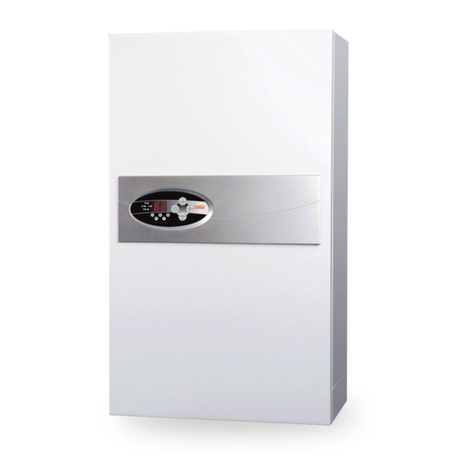
EHC
EHC Fusion Comet Series User manual
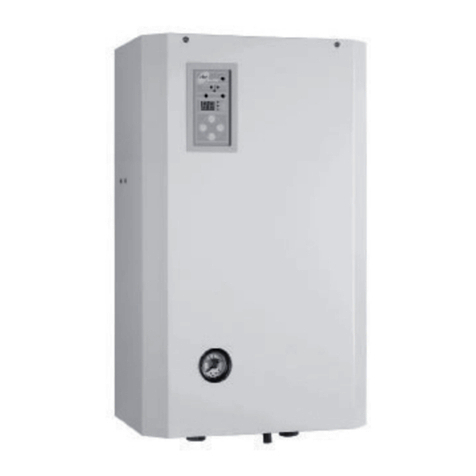
EHC
EHC FUSION Series User manual
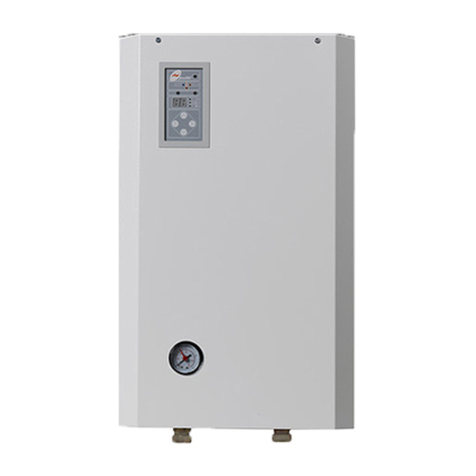
EHC
EHC Fusion User manual
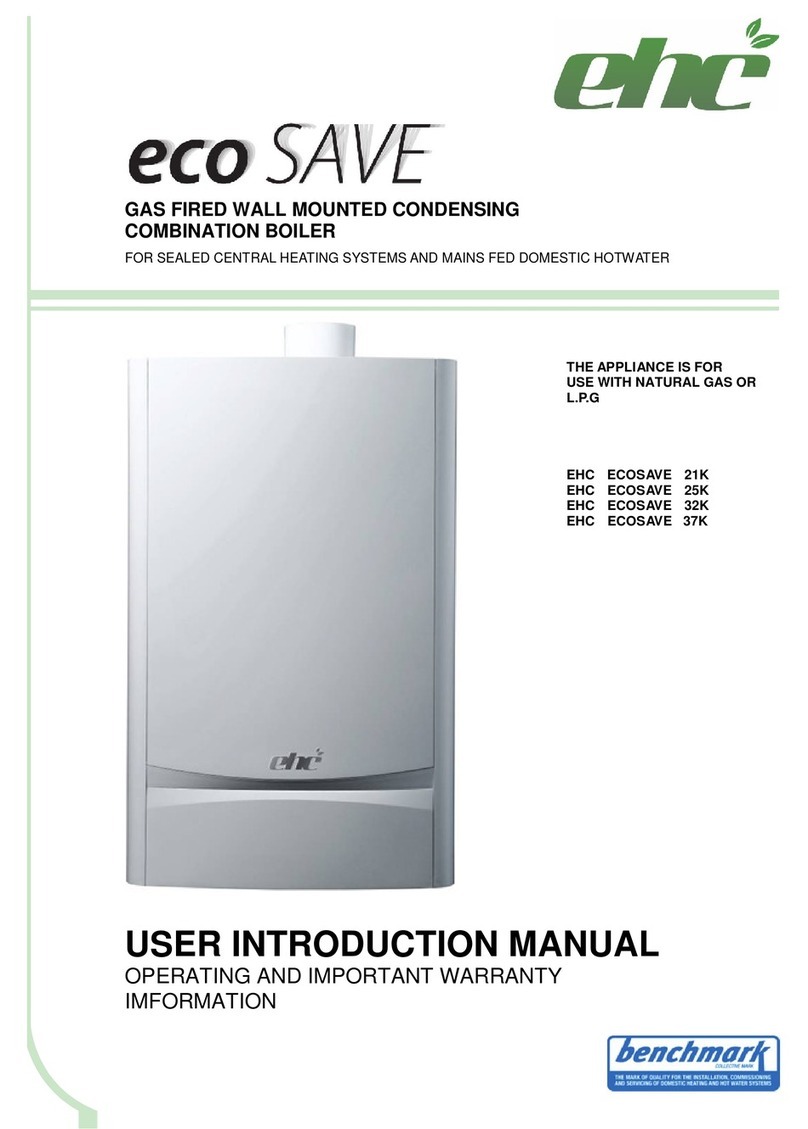
EHC
EHC ECOSAVE 21K Reference manual
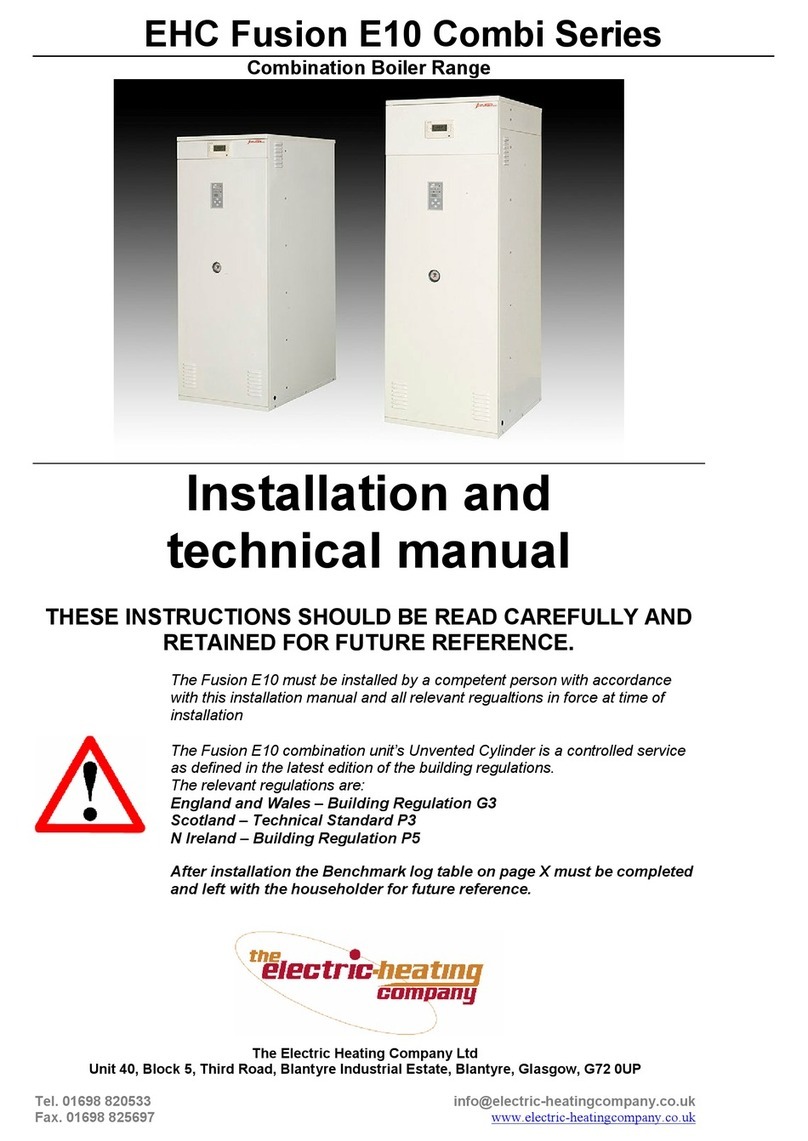
EHC
EHC Fusion E10 Combi Series User manual
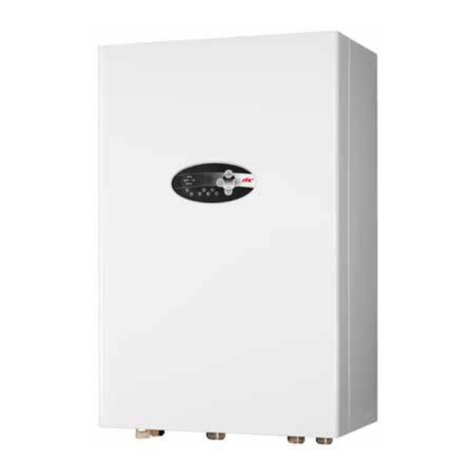
EHC
EHC Fusion MERCURY COMBI User manual
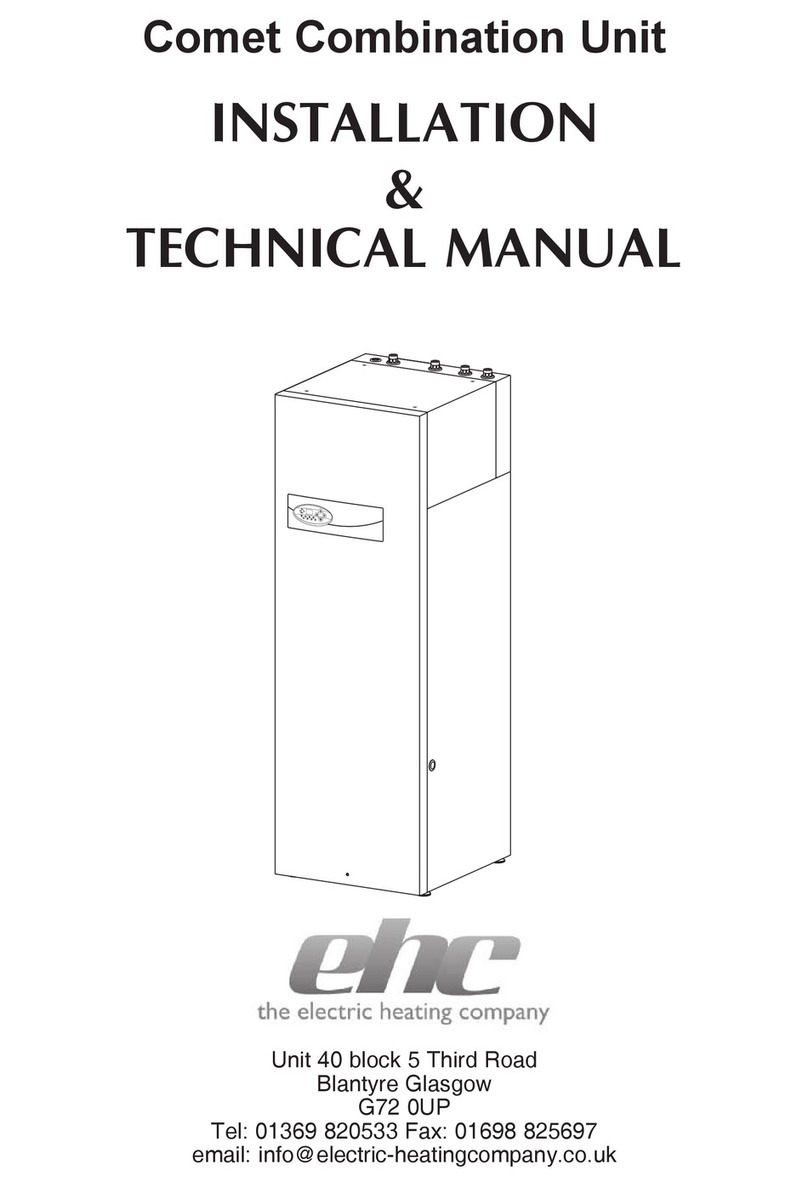
EHC
EHC Comet Combi 14.4kW User manual
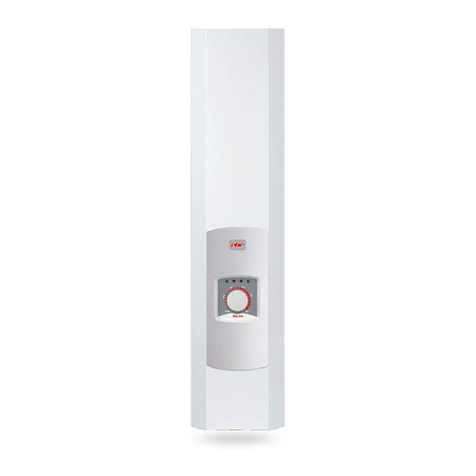
EHC
EHC SLIMJIM User manual
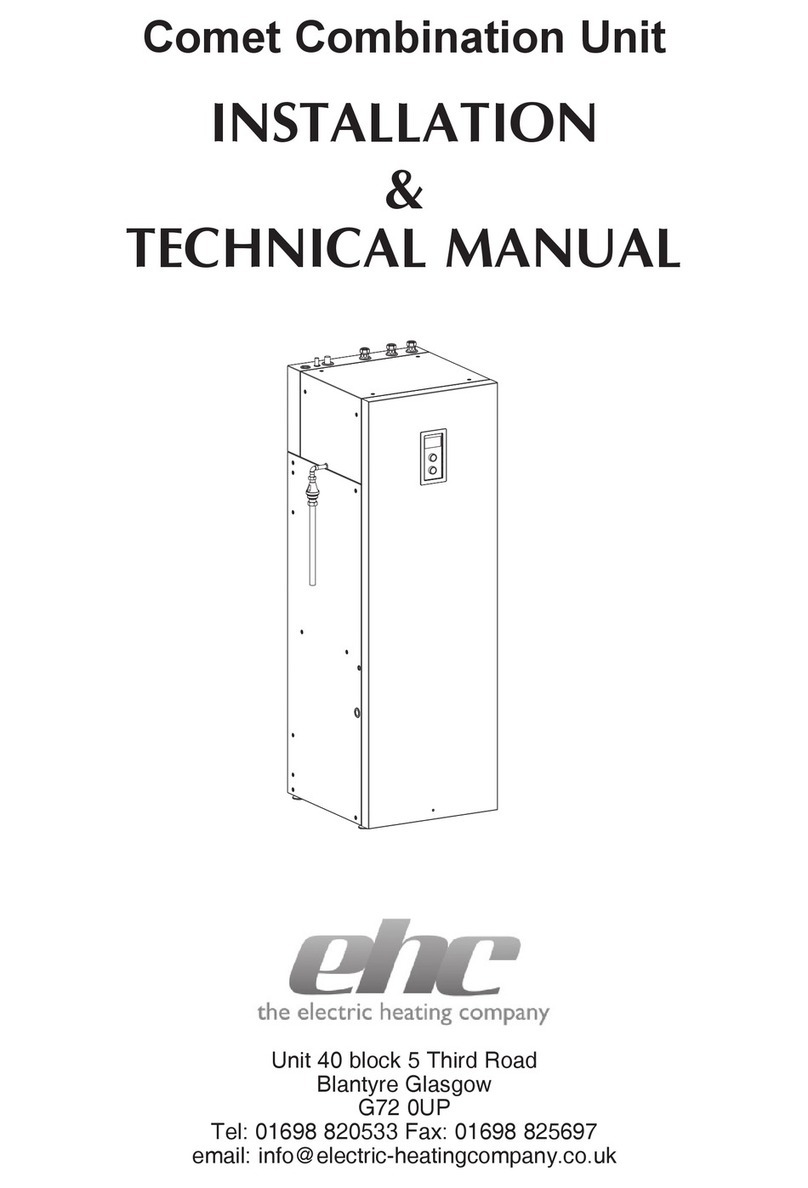
EHC
EHC Comet User manual
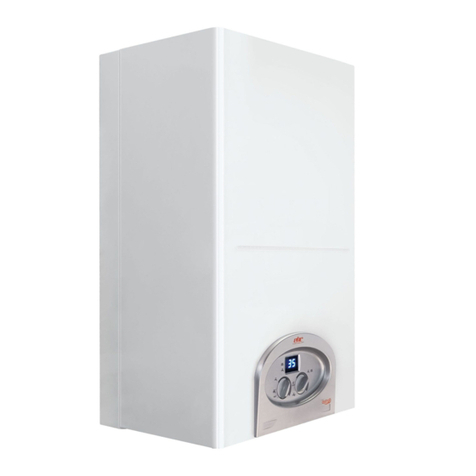
EHC
EHC Fusion Astro Series User manual
Popular Boiler manuals by other brands
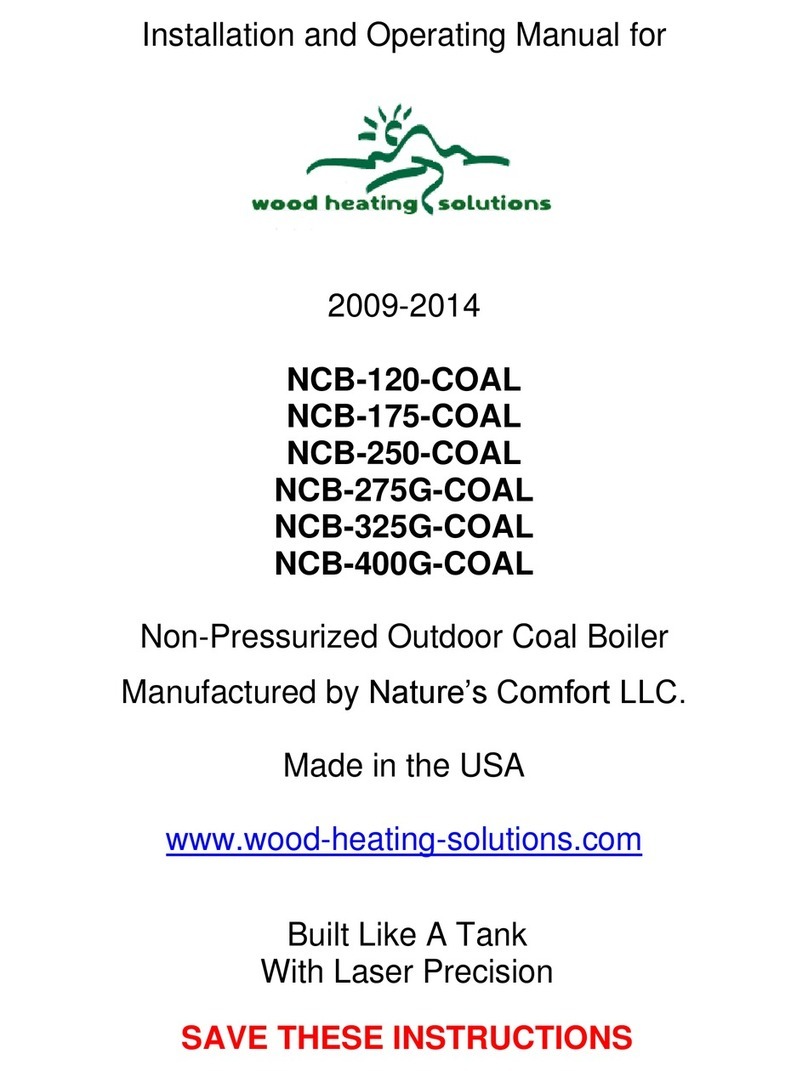
Wood heating solution
Wood heating solution NCB-120-COAL Installation and operating manual
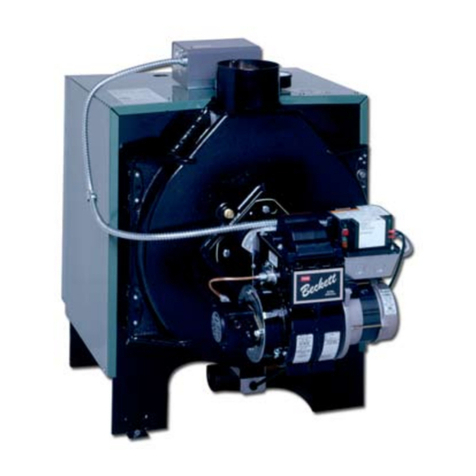
New Yorker
New Yorker M Installation, operating and service instructions
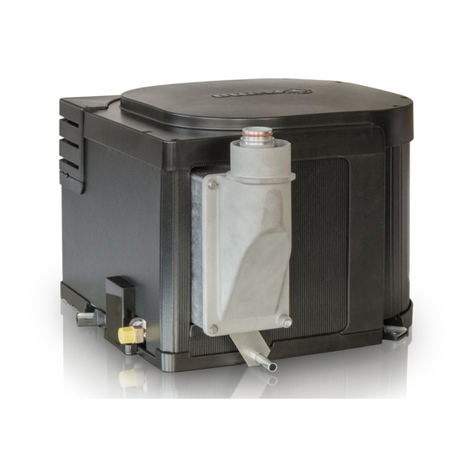
Truma
Truma BGF 10 installation instructions
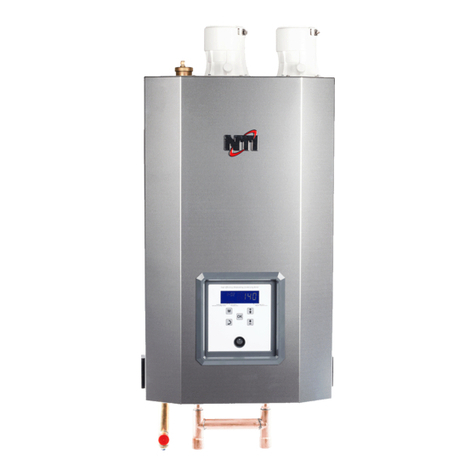
NTI
NTI Trinirt TX series operating instructions
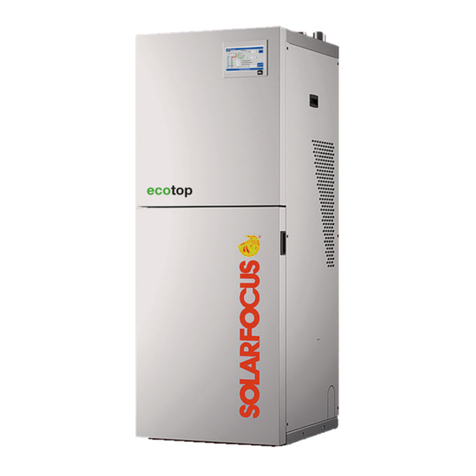
SOLARFOCUS
SOLARFOCUS ecotop zero Operation manual
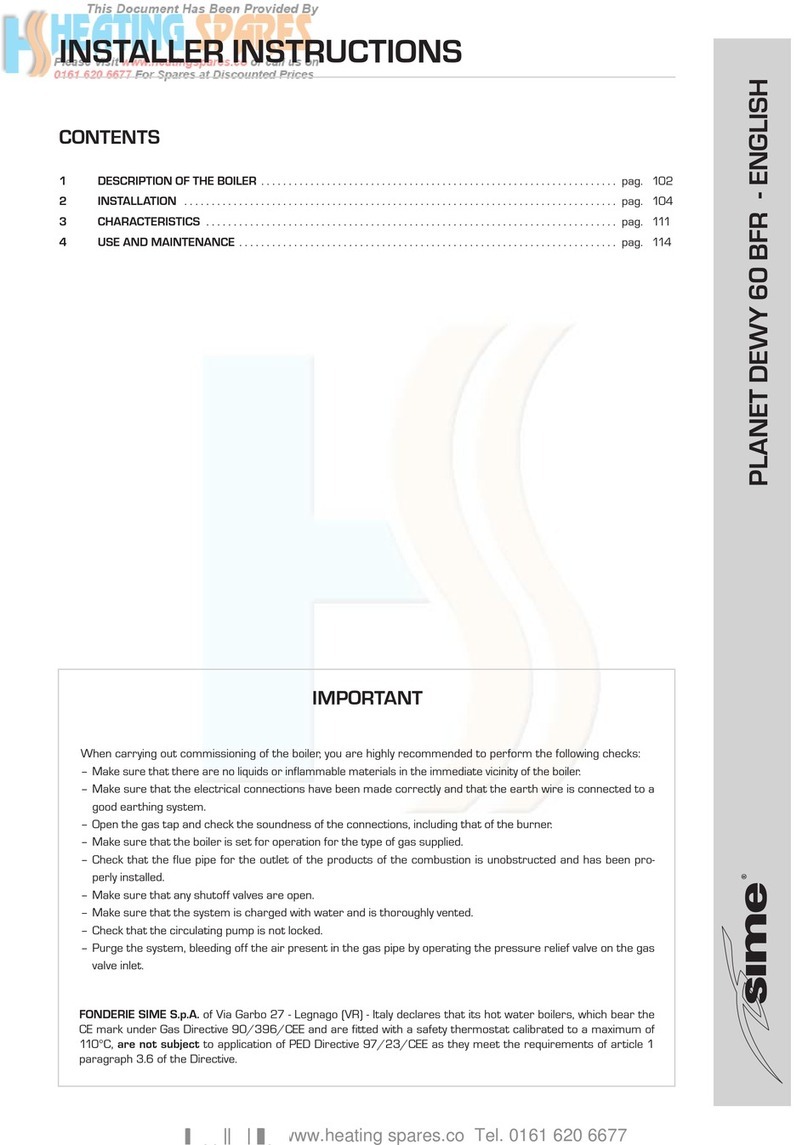
Sime
Sime Planet Dewy 60 BFR Installer's instructions
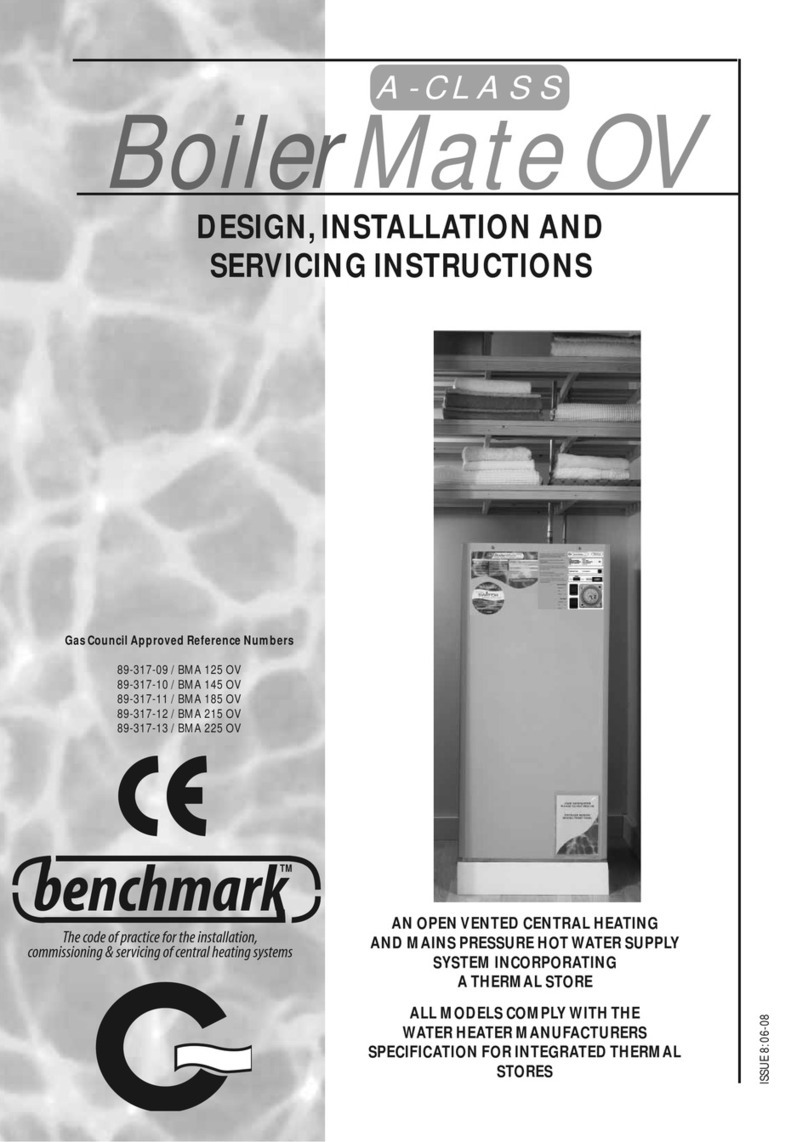
Benchmark
Benchmark BoilerMate BMA 125 OV Design, installation and servicing instructions
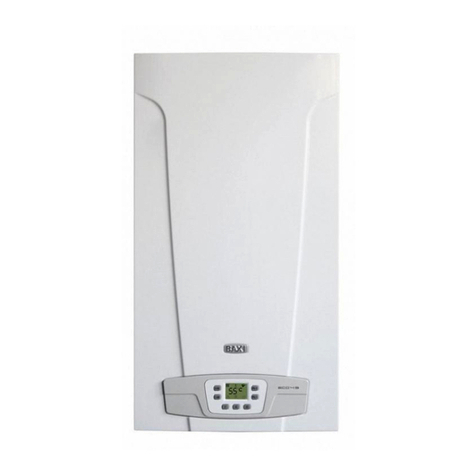
Baxi
Baxi ECO4S 24 F Operating and installation instruction

Ferroli
Ferroli BLUEHELIX 352 RRT 18S INSTRUCTIONS FOR USE, INSTALLATION AND MAINTENENCE
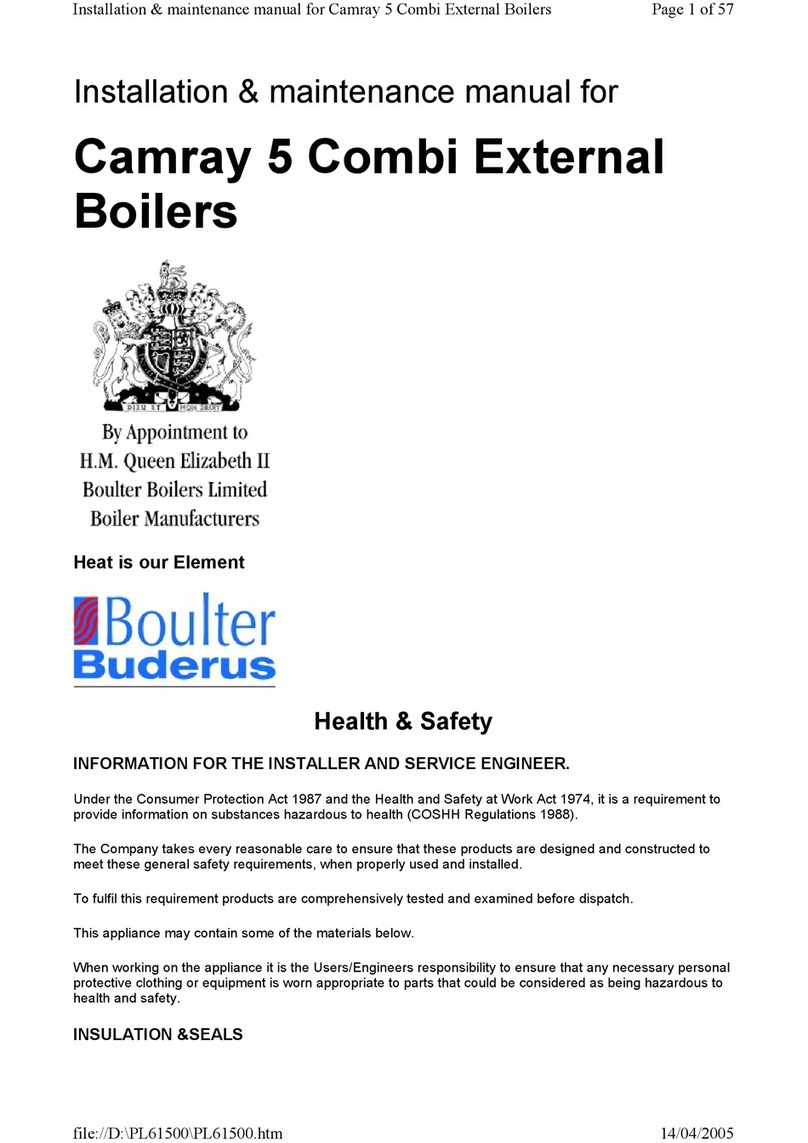
Boulter Buderus
Boulter Buderus Camray 5 Combi Installation & maintenance manual

Radiant
Radiant R1C 34/B Instructions for installation, use and maintenance manual
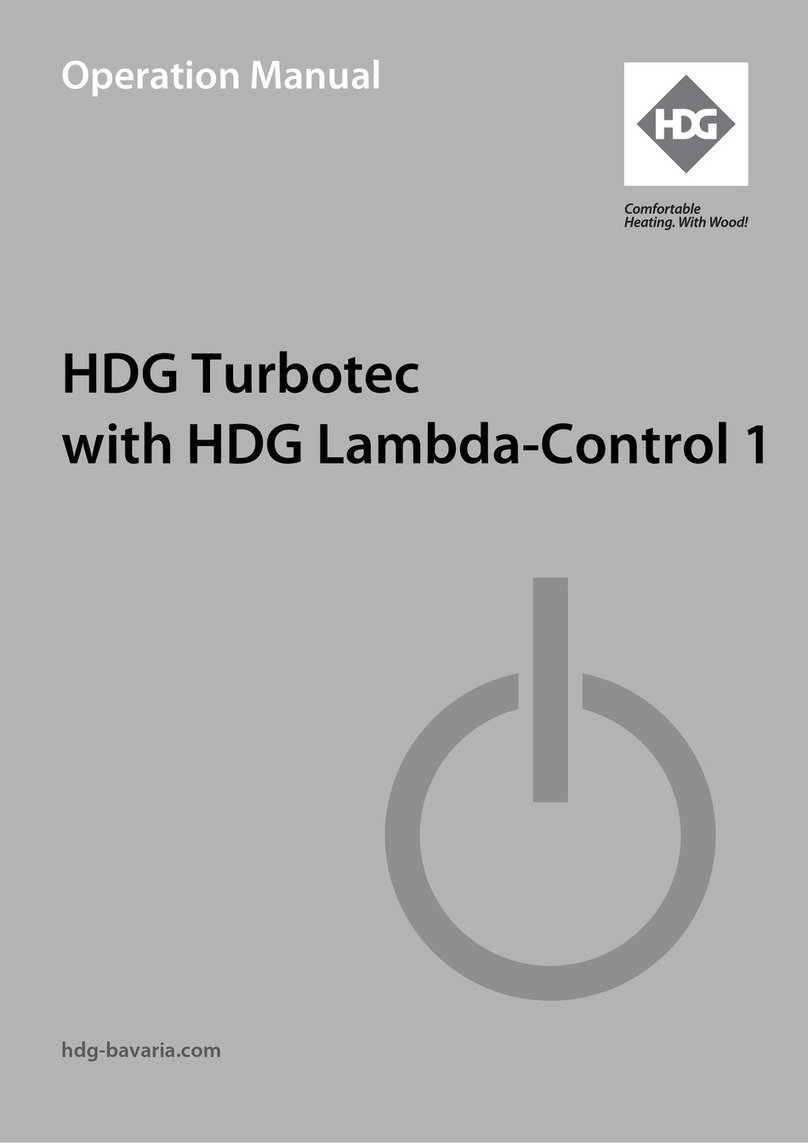
HDG
HDG Turbotec series Operation manual
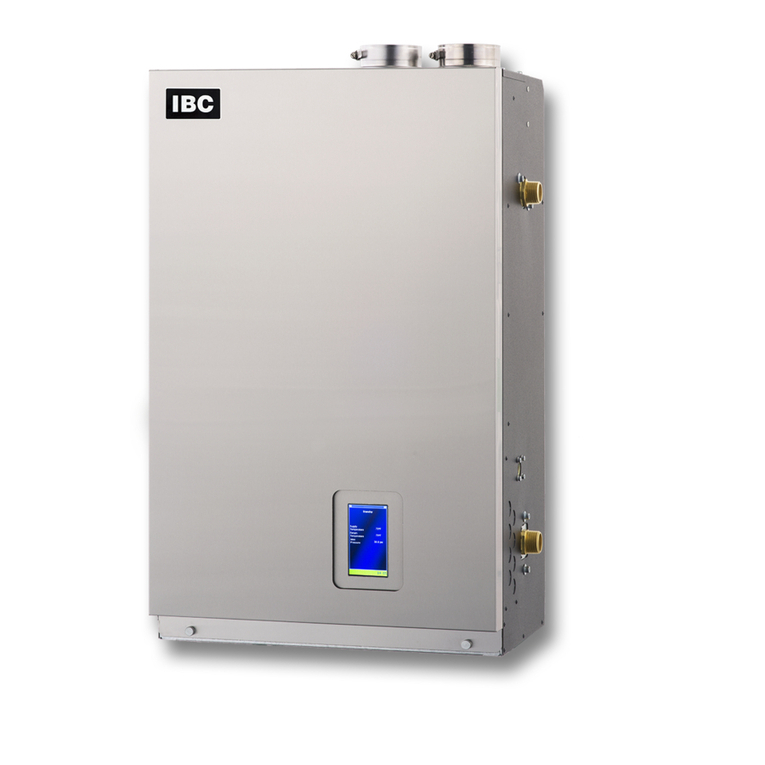
IBC
IBC SL 14-115 G3 Installation and operating instructions

Rinnai
Rinnai Q130SN Installation & servicing instructions
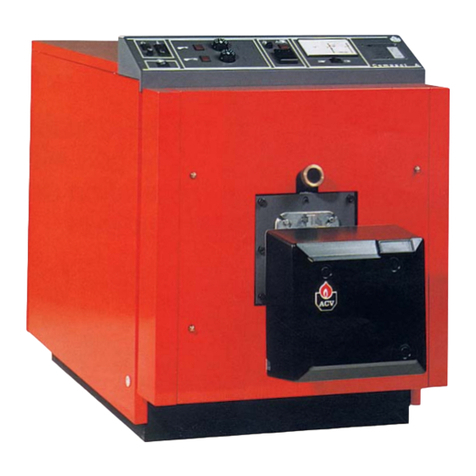
ACV
ACV Compact A Series Installation, operating and servicing instructions

Metal-Fach
Metal-Fach Slim Pellet Series Operation and maintenance

Laars
Laars NTV1700 user manual
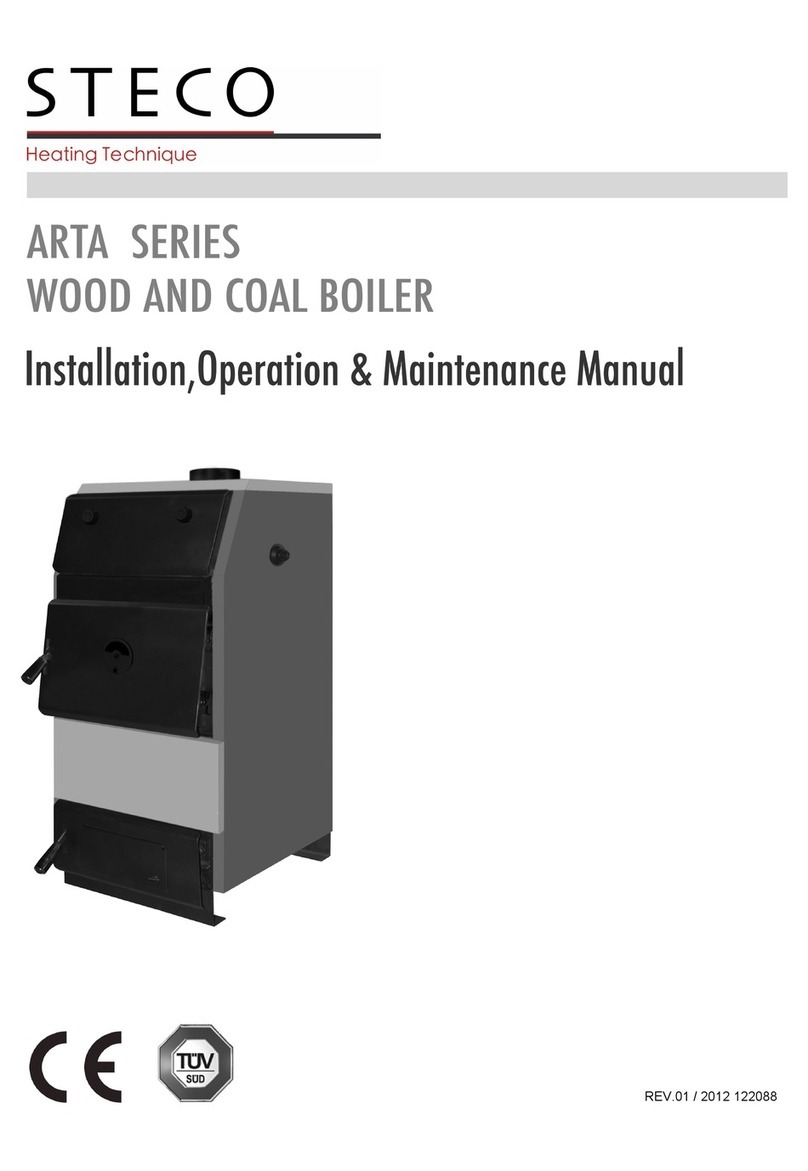
Steco
Steco ARTA series Installation, operation & maintenance manual